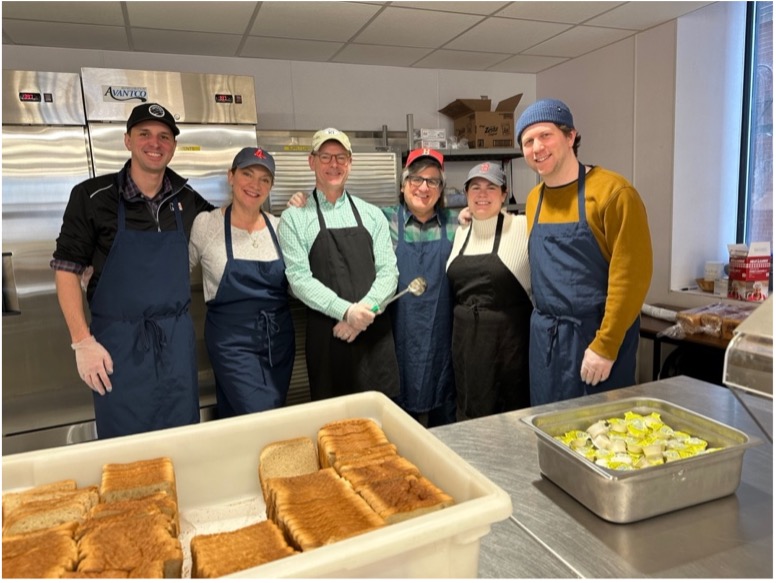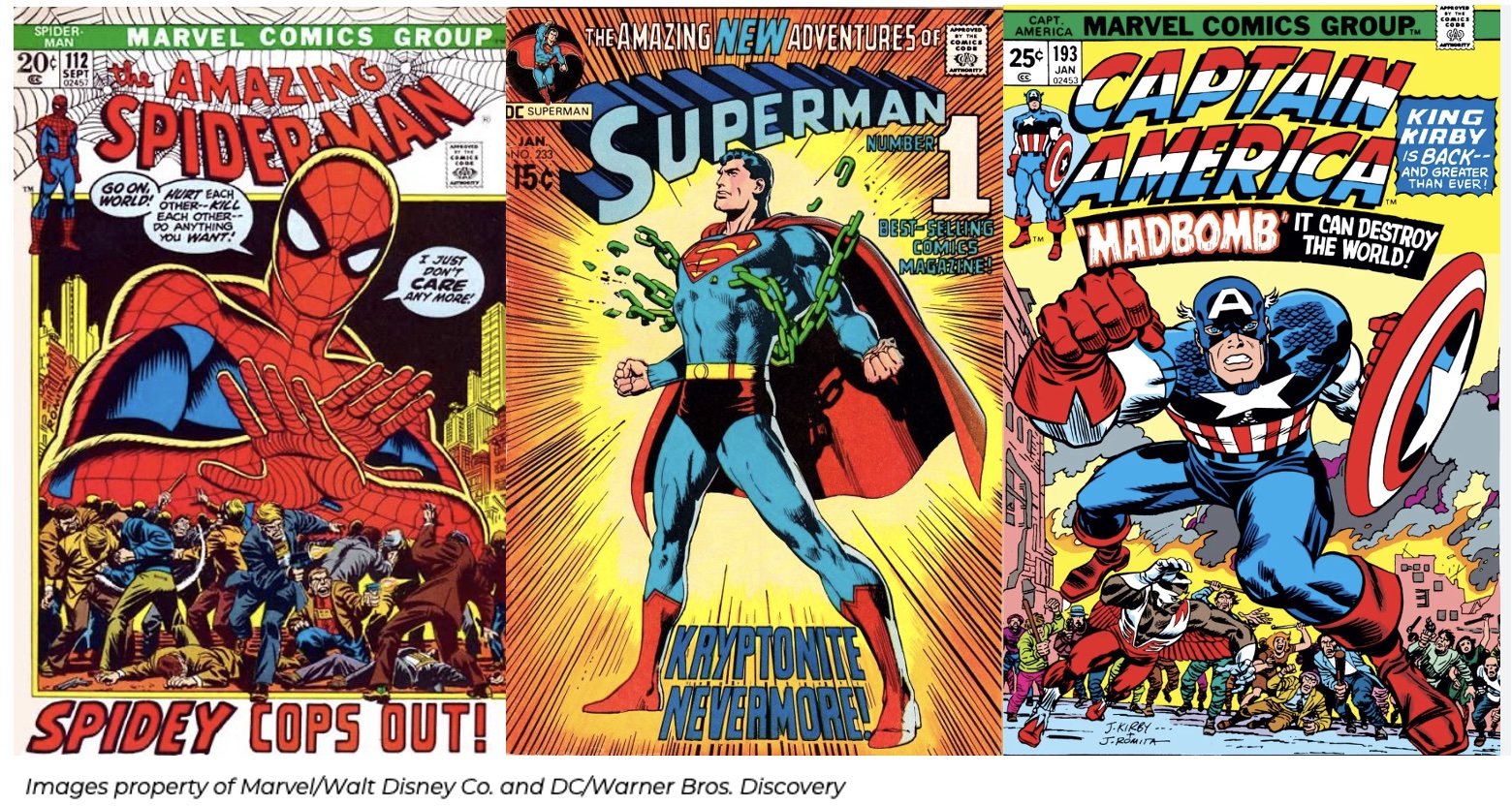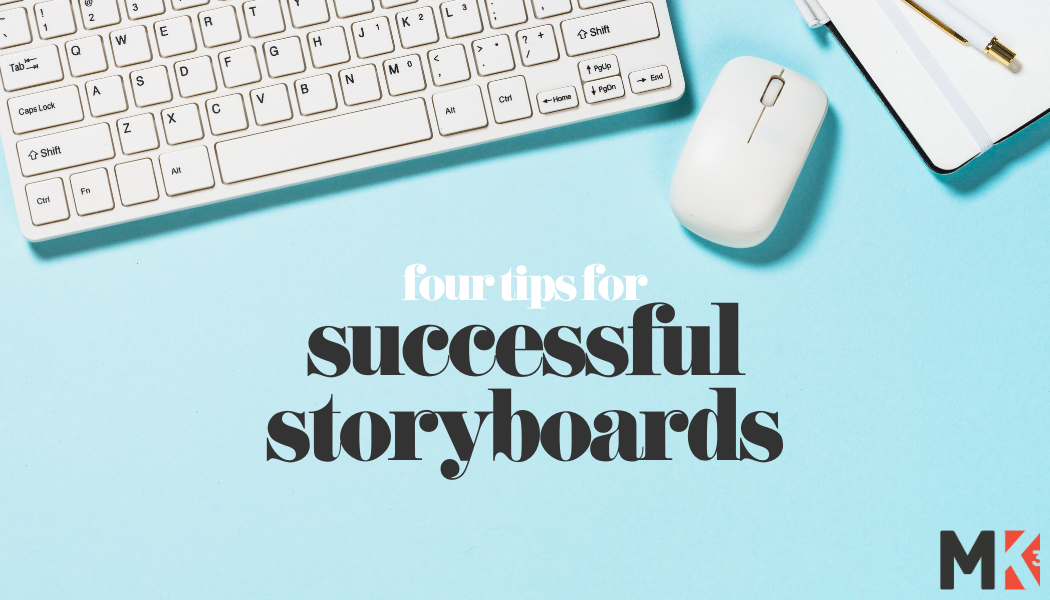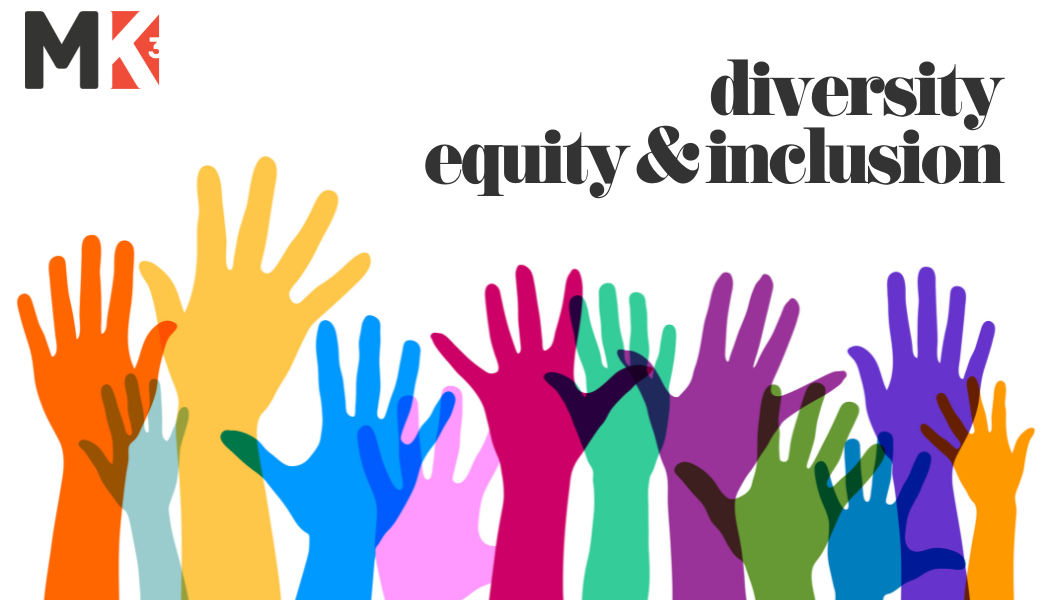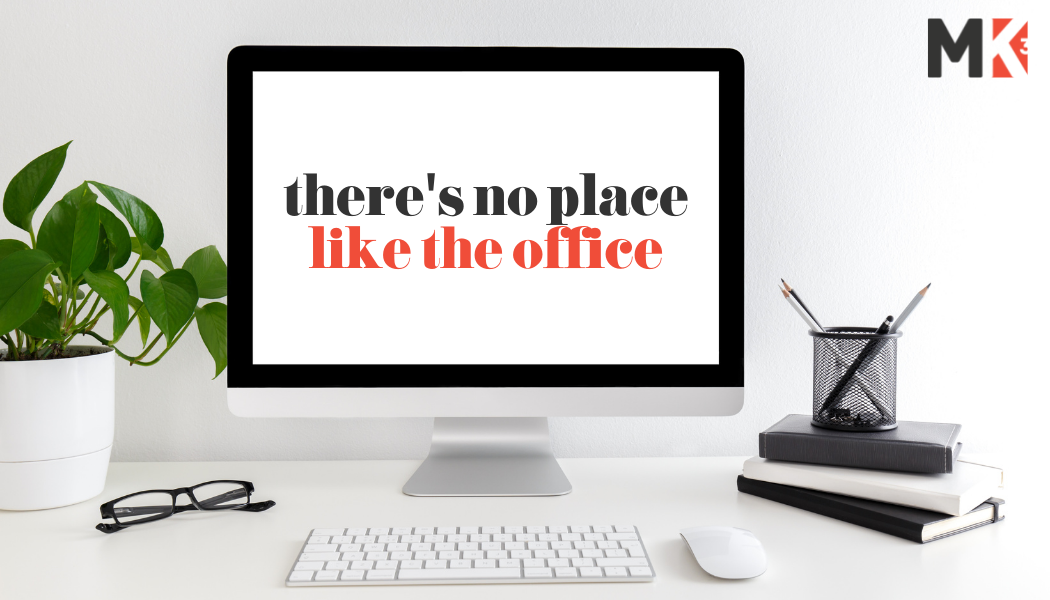10.28.24
The Importance of Fiction

We’ve all seen headlines about entrepreneurs and high-level executives touting the virtues of reading – how their secret to success is reading 500 pages a day or multiple books at a time, and they almost always recommend non-fiction. This has always surprised me. Why? I’ll let you in on a little secret…I never read non-fiction books. Ever. In fact, I don’t even pick them up. I’m sure you’re probably thinking, “But Alex, the point of reading is to learn – what’s more jam-packed with information than non-fiction?” While it’s true that non-fiction provides a wealth of factual knowledge, I will always prefer fiction. And not for the reason you may think.
I’m not saying that fiction is necessarily “better” than non-fiction or vice versa, but to me, they serve different purposes. Non-fiction is full of facts and real-life information, but fiction awakens different parts of your brain, tapping into your emotional intelligence, creativity and ability to make connections.
Fiction is often put in a bucket labeled “escapism” which comes with a certain level of judgement; that it’s a waste of time or that it has nothing to do with the real world. I wholeheartedly disagree. I won’t argue that there is an element of escapism to reading fiction, but I think that is more of a benefit than it seems. “Escaping” into fiction allows readers to dive into imaginary worlds that are often different from their own, offering the opportunity to explore new ideas, experiences and perspectives without the constraints of their own real-world biases.
Well-crafted fiction also dives deep into the emotional lives of a diverse set of characters. Just like real life, fiction doesn’t spell everything out and very little is “black and white” fact. Fictional stories bring you along the journey with the characters, experiencing their thoughts, emotions, and relationships right along with them. It’s almost unavoidable to see the world through the eyes of the characters – empathizing with their challenges, their struggles, and their joys. And like anything else with repetition, that empathy and emotional intelligence becomes muscle memory, extending beyond the pages of the book and allowing us to relate to others who may be different than us, and form meaningful connections.
Fiction also helps you flex your creative muscles without even realizing it, by compelling the reader to use their own imagination and come to their own conclusions. It’s natural for our minds to “fill in the blanks” when not every detail is spelled out for us. And when you read a lot of fiction, you can actually “train your brain” to apply that level of imagination to all aspects of your life.
Reading fiction is a powerful way to explore the complexities of human emotion, relationships, and experiences. And by engaging with diverse characters and narratives, readers can strengthen their emotional intelligence, empathy and understanding, while jumpstarting the part of our brains responsible for creativity. So, on your next trip to the library or bookstore, consider picking up a fiction book. And if you need recommendations, I have loads.
Interesting insights by Alex Miller

We’ve all seen headlines about entrepreneurs and high-level executives touting the virtues of reading – how their secret to success is reading 500 pages a day or multiple books at a time, and they almost always recommend non-fiction. This has always surprised me. Why? I’ll let you in on a little secret…I never read non-fiction books. Ever. In fact, I don’t even pick them up. I’m sure you’re probably thinking, “But Alex, the point of reading is to learn – what’s more jam-packed with information than non-fiction?” While it’s true that non-fiction provides a wealth of factual knowledge, I will always prefer fiction. And not for the reason you may think.
I’m not saying that fiction is necessarily “better” than non-fiction or vice versa, but to me, they serve different purposes. Non-fiction is full of facts and real-life information, but fiction awakens different parts of your brain, tapping into your emotional intelligence, creativity and ability to make connections.
Fiction is often put in a bucket labeled “escapism” which comes with a certain level of judgement; that it’s a waste of time or that it has nothing to do with the real world. I wholeheartedly disagree. I won’t argue that there is an element of escapism to reading fiction, but I think that is more of a benefit than it seems. “Escaping” into fiction allows readers to dive into imaginary worlds that are often different from their own, offering the opportunity to explore new ideas, experiences and perspectives without the constraints of their own real-world biases.
Well-crafted fiction also dives deep into the emotional lives of a diverse set of characters. Just like real life, fiction doesn’t spell everything out and very little is “black and white” fact. Fictional stories bring you along the journey with the characters, experiencing their thoughts, emotions, and relationships right along with them. It’s almost unavoidable to see the world through the eyes of the characters – empathizing with their challenges, their struggles, and their joys. And like anything else with repetition, that empathy and emotional intelligence becomes muscle memory, extending beyond the pages of the book and allowing us to relate to others who may be different than us, and form meaningful connections.
Fiction also helps you flex your creative muscles without even realizing it, by compelling the reader to use their own imagination and come to their own conclusions. It’s natural for our minds to “fill in the blanks” when not every detail is spelled out for us. And when you read a lot of fiction, you can actually “train your brain” to apply that level of imagination to all aspects of your life.
Reading fiction is a powerful way to explore the complexities of human emotion, relationships, and experiences. And by engaging with diverse characters and narratives, readers can strengthen their emotional intelligence, empathy and understanding, while jumpstarting the part of our brains responsible for creativity. So, on your next trip to the library or bookstore, consider picking up a fiction book. And if you need recommendations, I have loads.
Interesting insights by Alex Miller


